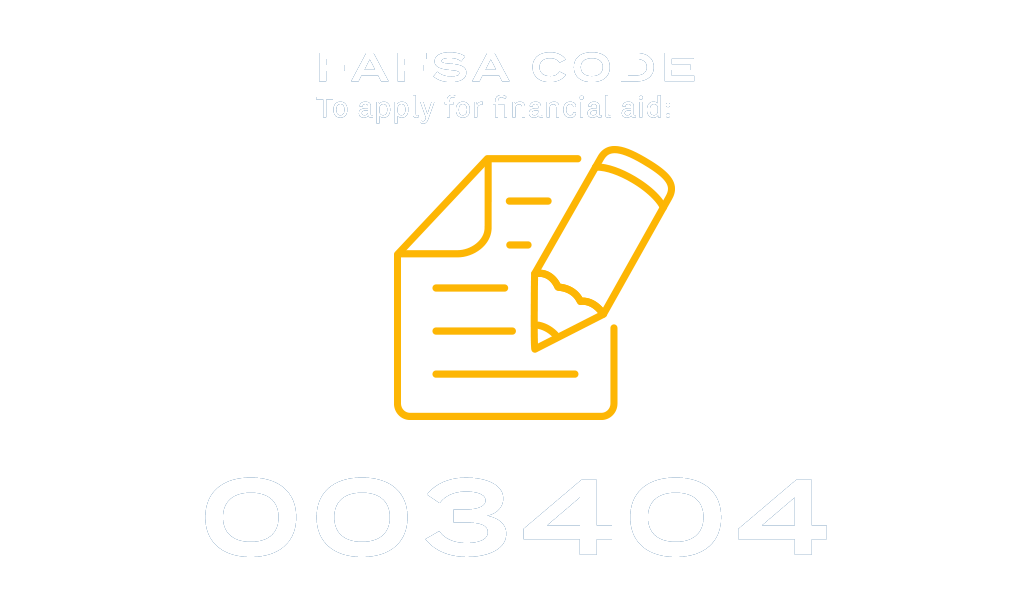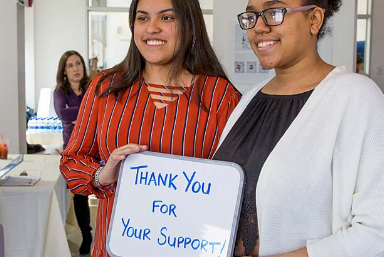Financial Aid
Introducing the JWU Pledge
Furthering our commitment to affordability
Johnson & Wales University will make our high quality, hands-on education more accessible and affordable. This new initiative, named the JWU Pledge, covers up to 100% of tuition for eligible students and families with an annual household income of up to $80,000 and at least 70% of tuition for those with a household income below $200,000.

Your JWU Resources
Use these resources to kick-start the financial aid process. This is an exciting time, and we can help!
Student Employment: Earn money as a student, gain work experience and get involved on campus!





